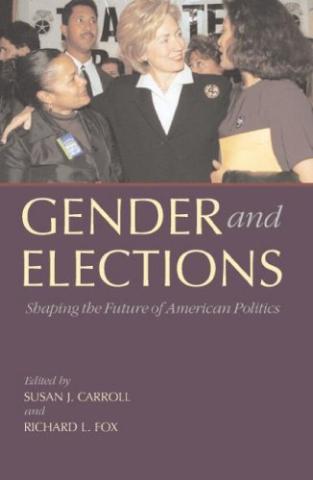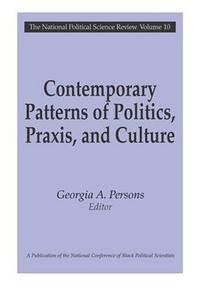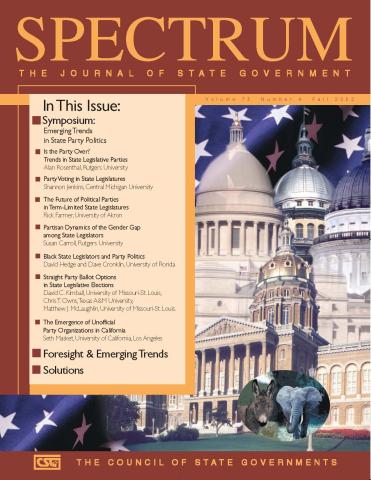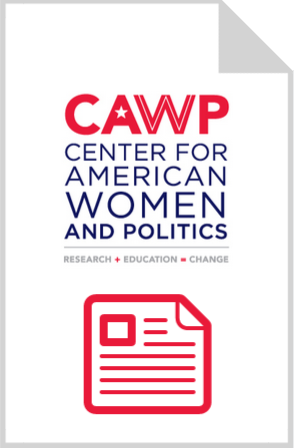2005: Women Candidates for Statewide and State Legislative Office
Fact SheetElection WatchCandidates and CampaignsState LegislatureStatewide ExecutiveGender and Elections: Shaping the Future of American Politics, 1st Edition
Eds. Susan J. Carroll, CAWP, Rutgers University and Richard L. Fox, Union College, New York
Cambridge University Press, 2005 First Edition, 240 pagesBookResearchCAWP ScholarPolitical PartiesCandidates and CampaignsGender and Race/EthnicityWomen Voters and the Gender GapState LegislatureStatewide ExecutiveCongressFederal ExecutiveState Elections: Where Do Women Run? Where Do Women Win?
by Kira Sanbonmatsu
Chapter in Gender and Elections: Shaping the Future of American Politics, 1st Edition, Eds. Susan J. Carroll, CAWP, Rutgers University and Richard L. Fox, Union College, New York
Cambridge University Press, 2005 First Edition, 240 pagesBook ChapterResearchCAWP ScholarCandidates and Campaigns‘She Brought Only a Skirt:’ Gender Bias in Newspaper Coverage of Elizabeth Dole’s Campaign for the Republican Nomination
by Caroline Heldman , Susan J. Carroll & Stephanie Olson
Political Communication 22:3 (2005)ArticleResearchCAWP ScholarCandidates and CampaignsFederal ExecutiveIncreasing Diversity or More of the Same? Term Limits and the Representation of Women, Minorities, and Minority Women in State Legislatures
by Susan J. Carroll and Krista Jenkins
National Political Science Review 10 (2005): 71-84ArticleResearchCAWP ScholarGender and Race/EthnicityWomen and Term LimitsState LegislatureGender and Civic Engagement: Secondary Analysis of Survey Data
by Krista Jenkins
Center for Information & Research on Civic Learning & Engagement, 2005, 14 pagesReportResearchCivic and Political Activism“2004 Elections and Women: An Analysis of Statewide and State Legislative Election Results"
by Susan J. Carroll
Spectrum: The Journal of State Government 78 (Winter 2005)ArticleResearchElection WatchCAWP ScholarWomen in the U.S. House of Representatives 2004
Fact SheetFact Sheet ArchiveCongressWomen in State Legislatures 2004
Fact Sheet ArchiveFact SheetState LegislatureElection 2004: Results for Women Candidates in State Legislatures
Fact SheetElection WatchCandidates and CampaignsState Legislature
Research and Scholarship
CAWP research and research by CAWP scholars that addresses emerging questions about American women's political participation.








